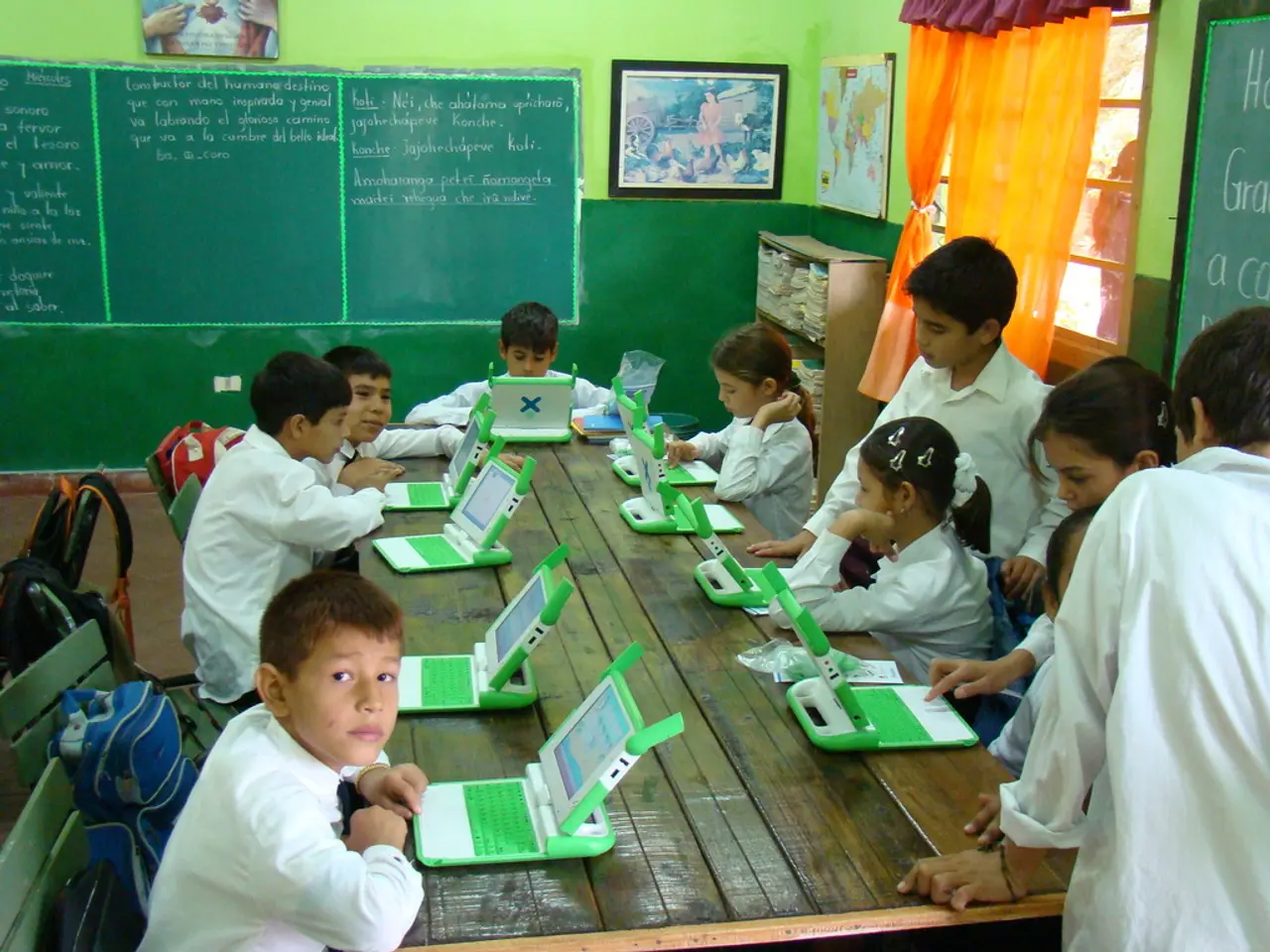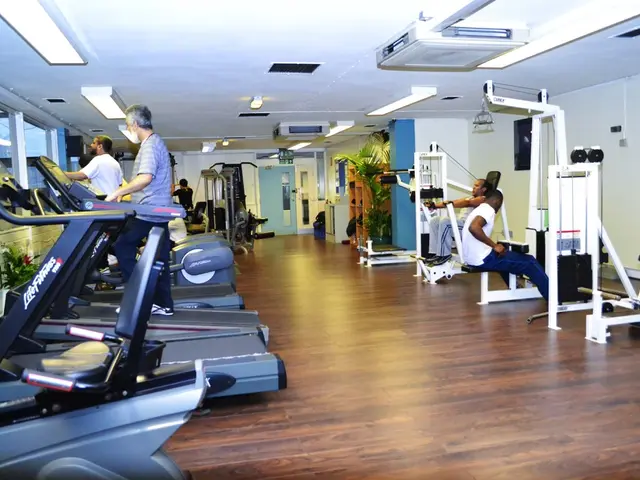Revised school dress codes may engender confusion. Instructions for establishing appropriate school attire effectively.
In a significant move towards promoting inclusivity and fairness in schools, the Leadership Conference Education Fund and five other advocacy and research groups have recently released a policy paper titled "Nondiscrimination in Dress and Grooming Codes."
The report highlights concerns about subjective language in school policies, such as "neat and clean," which can lead to racial bias and discrimination. Such policies can punish students for having hair and grooming styles that suit their cultural identities, communicating to people along race and gender lines that they are not welcome in school unless they conform to stereotypical notions of how someone should present.
One of the key suggestions in the policy paper is for schools to conduct a climate survey to gauge student feelings about dress codes. This would help schools understand the impact of their policies on students and identify areas for improvement. Another important recommendation is the elimination of subjective language from school discipline policies.
Sadly, the enforcement of dress codes can result in consequences that negatively affect students. For instance, students have been pulled out of class or suspended for their outfit or natural hair, which can teach students that their natural appearance is not welcome. Policies that forbid certain clothes worn by Black students, such as durags, can be discriminatory.
Dress code policies that target the length of hair disproportionately affect Black students with natural hairstyles. Similarly, Black students and girls of all races are disproportionately affected by these rules, with examples including being disciplined for wearing natural hairstyles and dress codes banning spaghetti straps, short skirts, and leggings as pants.
To address potential discrimination, schools should collect and analyze data on dress code violations, segmented by race and gender. This would help schools identify any patterns of disparate treatment and take corrective action.
The policy paper also addresses the issue of sexual harassment, which can occur when dress codes are enforced. Victims are often blamed for their clothing choices, sending a wrong message to students and undermining efforts to promote respect and valuing of identities in the classroom.
Moreover, the report emphasizes the importance of allowing students to come to school in ways that make them feel powerful or affirmed. Students are there to learn, and it is crucial not to punish or police them in this way.
The report also acknowledges that policies about being able to wear headgear can affect students based on religious customs. Therefore, schools should consider these factors when drafting their dress codes.
In conclusion, the "Nondiscrimination in Dress and Grooming Codes" policy paper provides valuable insights into the potential biases in school dress codes and offers practical solutions to promote inclusivity and student buy-in. Schools are encouraged to review their dress codes and engage students in the process of rewriting them to ensure fairness and respect for all.
Read also:
- Impact of Alcohol on the Human Body: Nine Aspects of Health Alteration Due to Alcohol Consumption
- Understanding the Concept of Obesity
- Lu Shiow-yen's Challenging Position as Chair of the Chinese Nationalist Party (KMT) Under Scrutiny in Donovan's Analysis
- Tough choices on August 13, 2025 for those born under Aquarius? Consider the advantages and disadvantages to gain guidance








